Lots of interesting abstracts and cases were submitted for TCTAP & AP VALVES 2020 Virtual. Below are accepted ones after thoroughly reviewed by our official reviewers. DonĄ¯t miss the opportunity to explore your knowledge and interact with authors as well as virtual participants by sharing your opinion!
* The E-Science Station is well-optimized for PC.
We highly recommend you use a desktop computer or laptop to browse E-posters.
CASE20191026_001
| ENDOVASCULAR - Peripheral Vascular Disease and Intervention | |
| Endovascular Treatment for BuergerĄŽs Disease with Long-Term Clinical Course | |
| Taku Kato1 | |
| Rakuwakai Otowa Hospital, Japan1, | |
|
[Clinical Information]
- Patient initials or identifier number:
HK
-Relevant clinical history and physical exam:
The patient was a 76 years old male who had a had a history of BuergerĄ¯s disease for about 40 years.
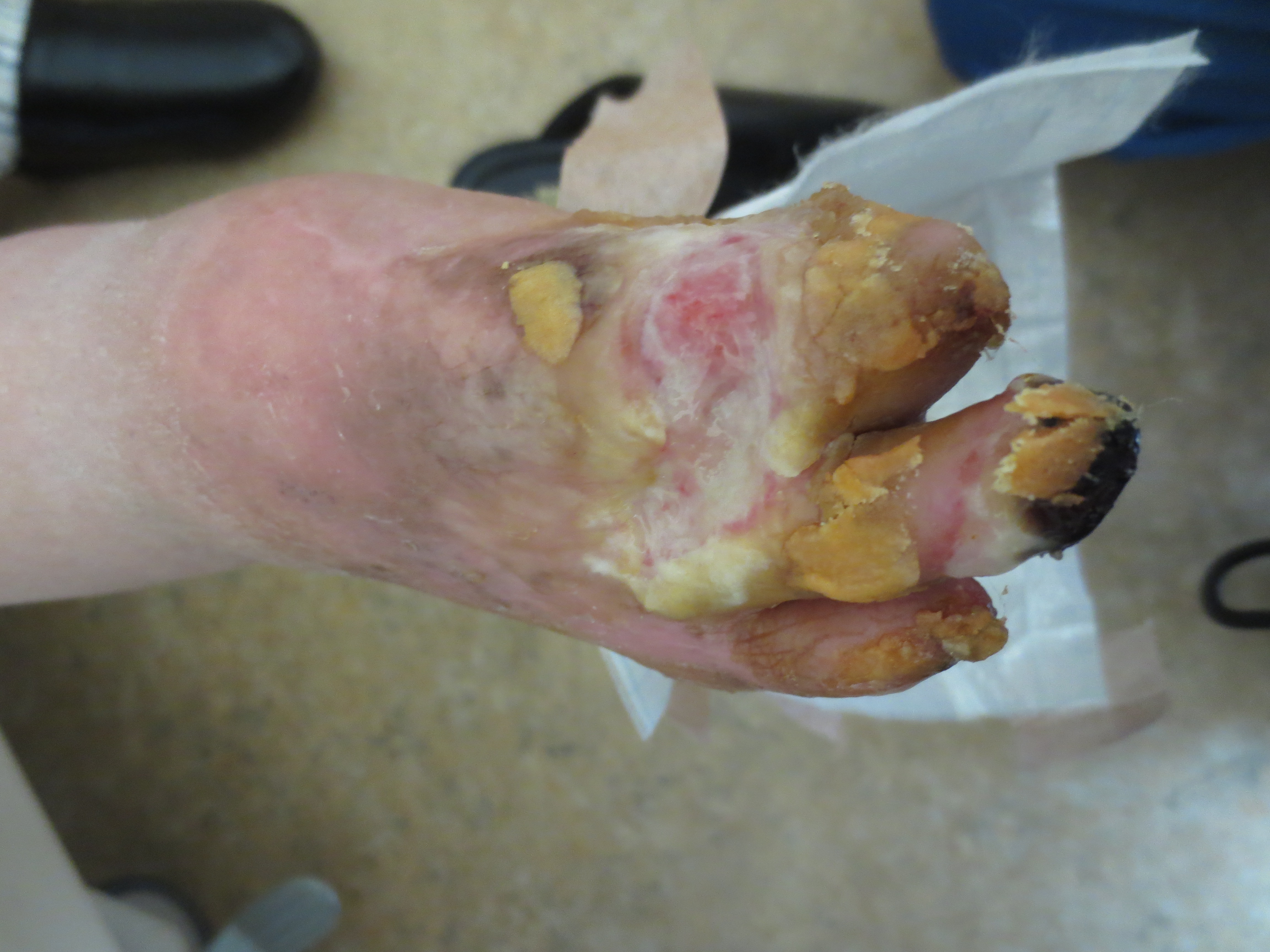 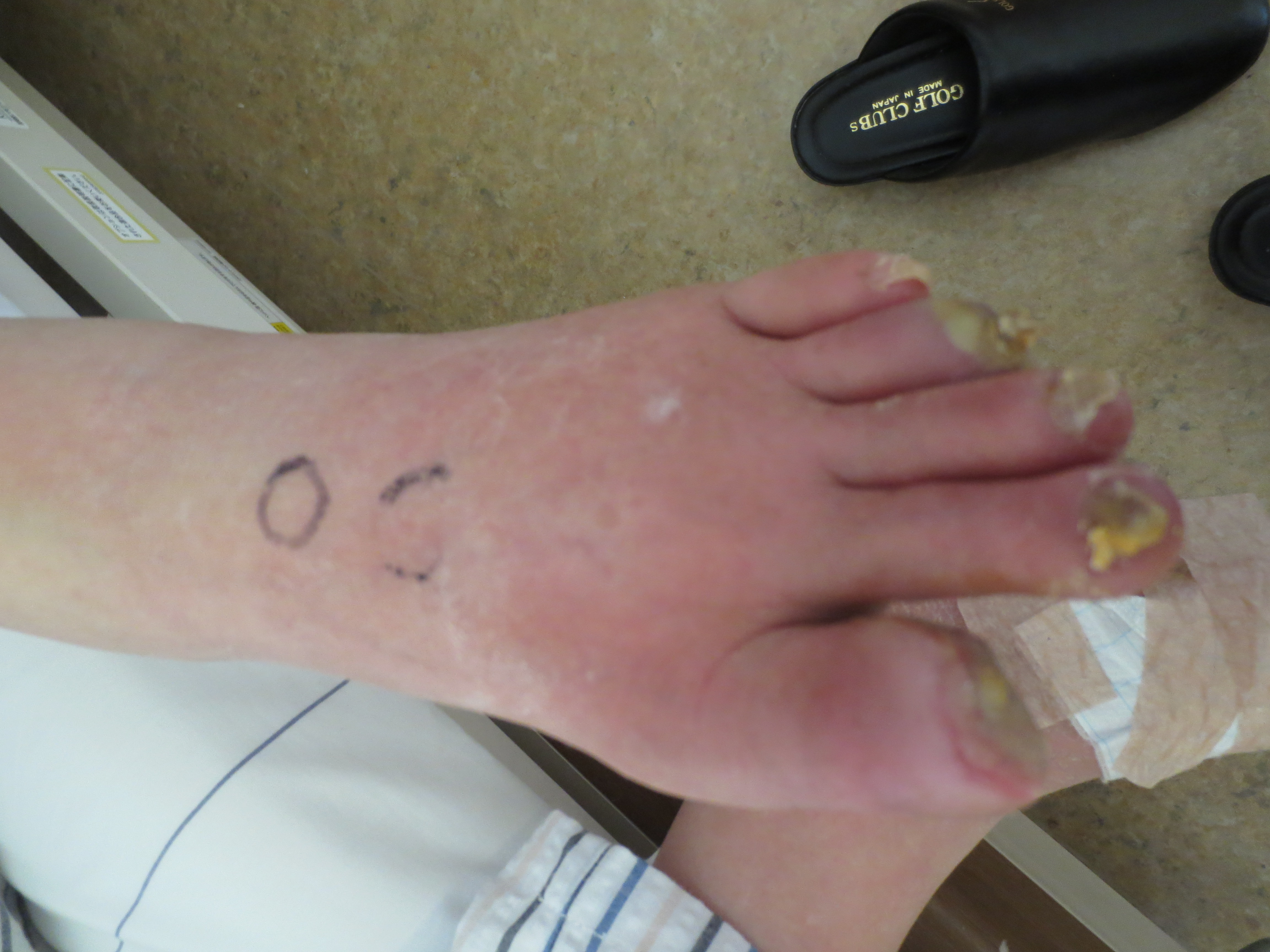 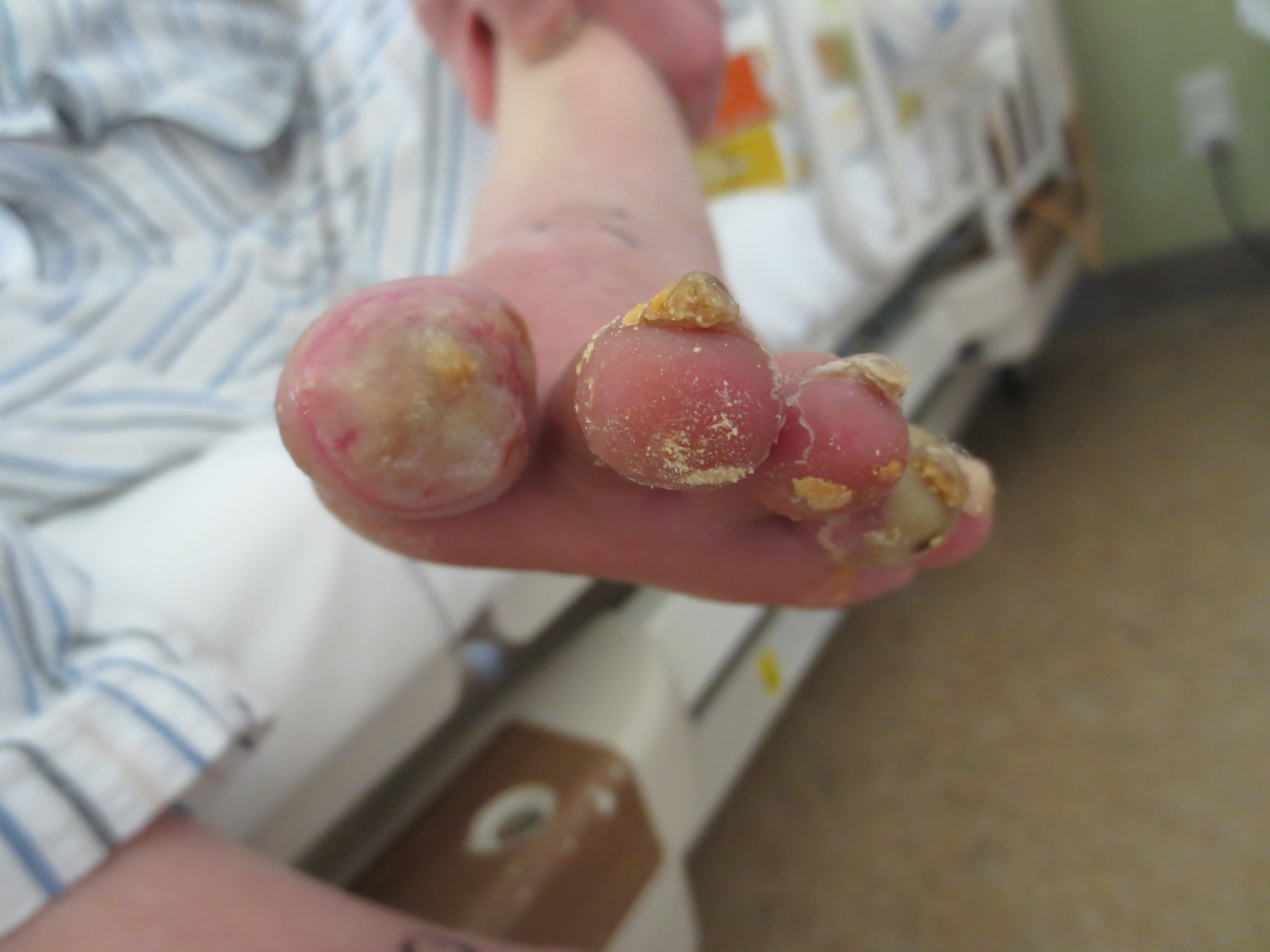 -Relevant test results prior to catheterization:
The ABI and SPP values were extremely low in both feet, especially in the right side.
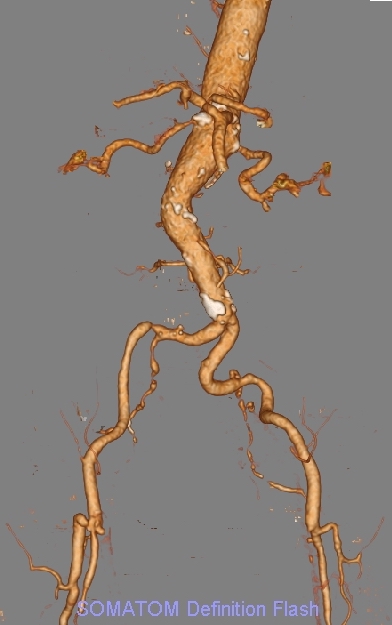 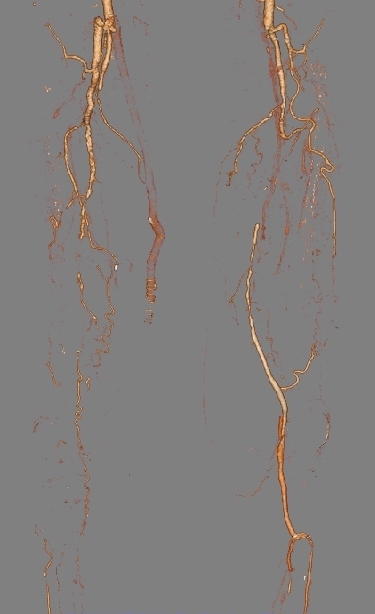 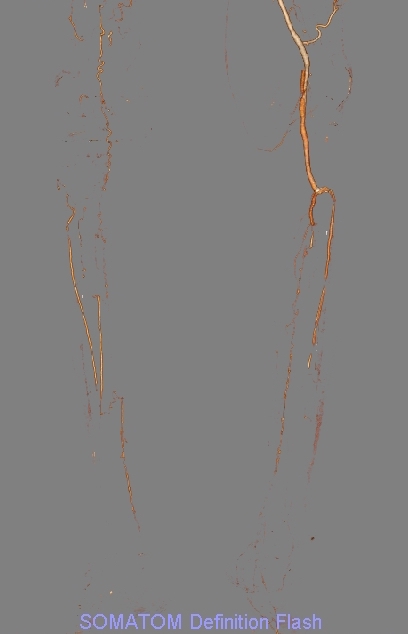 - Relevant catheterization findings:
I planned two phased treatment meaning that I treat the right iliac artery and the left SFA from right groin approach in first session, and next treat the infrainguinal lesions in the right side in second session.
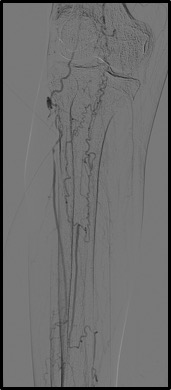 |
|
|
[Interventional Management]
- Procedural step:
In first session, I implanted a self-expandable stent in the right iliac artery, and, next treated the chronic total occlusion (CTO) of the left SFA. In the CTO lesion, I advanced the 0.014-inch guidewire intraluminaly with IVUS guidance. I dilated two DCB catheters after successful guidewire crossing, and final angiography showed favorable flow in the left SFA.
- Case Summary:
Because many lesions of BuergerĄ¯s disease are inappropriate for stenting and shrinkage vessels, intraluminal wiring using IVUS may be important and useful.
|
|